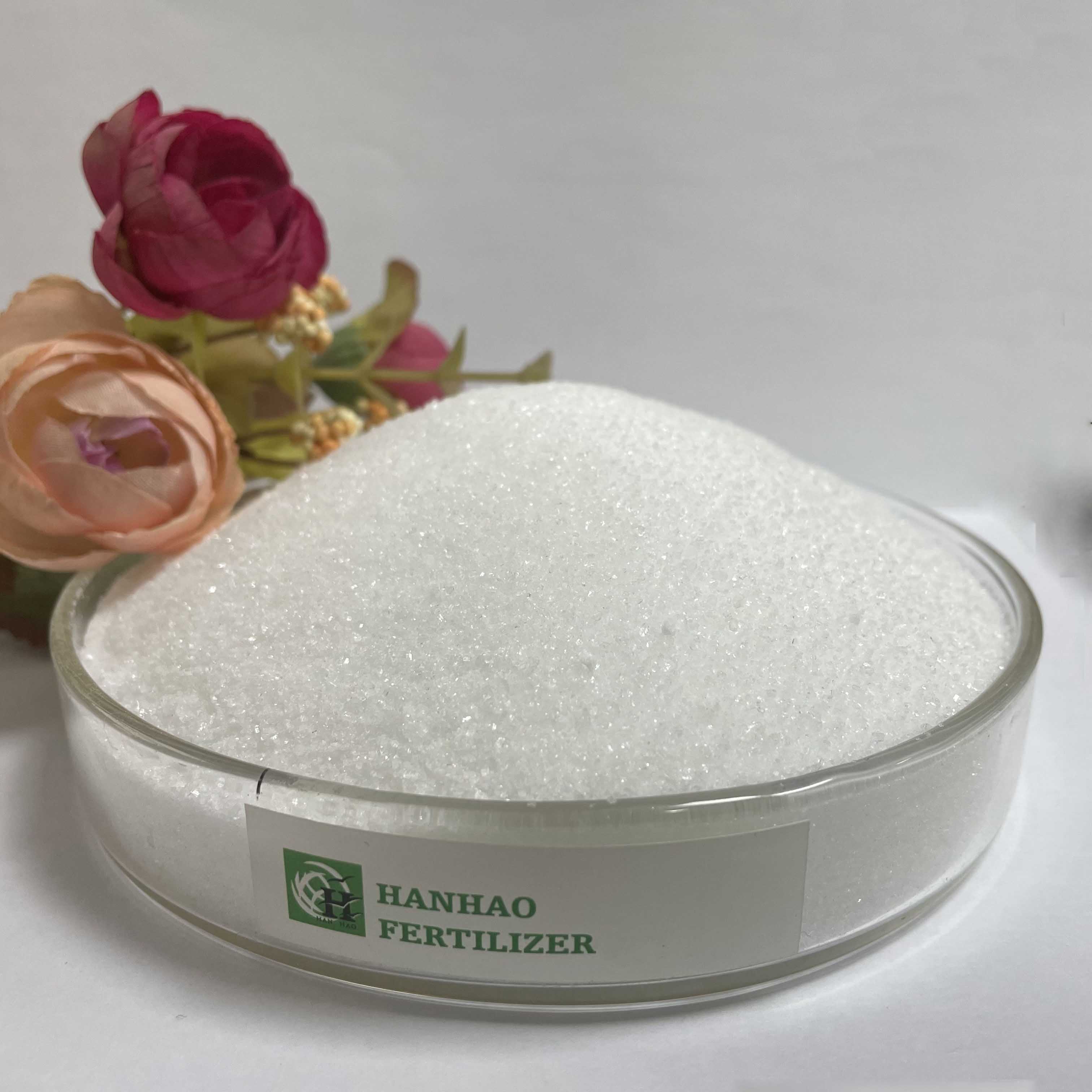
Nov . 27, 2024 20:33 Back to list
NPK Fertilizer 15-15-15 for Optimal Plant Growth and Nutrient Balance
Understanding NPK Fertilizers The Importance of a 15-15-15 Ratio
In the realm of agriculture and gardening, understanding soil health and plant nutrition is essential for maximizing crop yield and ensuring vibrant landscapes. One of the key aspects of effective fertilization is the use of NPK fertilizers, which are formulated to provide plants with the essential nutrients they need to thrive. A popular formulation, known as the 15-15-15 NPK fertilizer, offers a balanced ratio of nitrogen (N), phosphorus (P), and potassium (K), each vital for different functions in plant growth.
What is NPK?
NPK stands for Nitrogen, Phosphorus, and Potassium, the three critical macronutrients that plants require in significant amounts. Each of these nutrients plays a unique role in promoting healthy growth
1. Nitrogen (N) This nutrient is crucial for plant growth, primarily because it is a fundamental component of amino acids, the building blocks of proteins. Nitrogen promotes leafy, green growth and is involved in chlorophyll production, which is essential for photosynthesis.
2. Phosphorus (P) Phosphorus is vital for energy transfer and storage within the plant. It plays an indispensable role in the formation of DNA and RNA, essential for cell division and growth. Additionally, phosphorus is critical for root development and the timely flowering and fruiting of plants.
3. Potassium (K) Potassium is responsible for regulating various physiological processes within the plant, including water uptake and enzyme activation. It helps strengthen plant cell walls, enhances drought resistance, and contributes to the overall robustness of the plant.
The Benefits of 15-15-15 NPK Fertilizer
The designation “15-15-15” indicates that this fertilizer contains 15% nitrogen, 15% phosphorus, and 15% potassium, providing a uniform nutrient distribution that is particularly beneficial for various stages of plant growth. Here are some key advantages
- Balanced Nutrition The equal ratio makes the 15-15-15 NPK fertilizer versatile, suitable for a wide range of plants, including fruits, vegetables, flowers, and ornamental plants. This balanced formulation helps address multiple nutrient deficiencies simultaneously.
15.15 15 npk

- Application Flexibility Whether you are aiming to enhance garden soil, support flowering plants, or ensure healthy root development, a 15-15-15 fertilizer can be applied throughout the growing season. It's beneficial during both the initial planting stage and throughout the lifecycle of the plants.
- Improved Soil Quality Regular use of balanced NPK fertilizers can improve soil structure and health over time. The nutrients facilitate a more vibrant microbial community within the soil, enhancing nutrient availability and soil fertility.
How to Use 15-15-15 NPK Fertilizer
When incorporating 15-15-15 NPK fertilizer into your garden regimen, it is essential to follow application guidelines to avoid over-fertilization, which can damage plants. Here are some steps for effective use
1. Soil Testing Prior to application, a soil test can help determine existing nutrient levels and understand your plants' specific needs.
2. Application Timing Early spring is an optimal time to apply NPK fertilizers, as it coincides with the beginning of the growing season. Additional applications may be necessary every 6-8 weeks during active growth periods.
3. Method Fertilizer can be spread evenly over the soil surface and then worked into the top few inches or dissolved in water for foliar feeding.
4. Watering After applying fertilizer, thoroughly water the area to help activate the nutrients and prevent potential burn on plants.
In conclusion, the 15-15-15 NPK fertilizer is an excellent choice for gardeners and farmers seeking to provide a balanced nutrient supply to their plants. By properly utilizing this versatile fertilizer, you can foster robust growth, healthy blooms, and abundant harvests, ultimately promoting a thriving garden or agricultural venture.
-
Premium 8 12 16 Fertilizer – High-Efficiency Compound & Granular NPK Supplier
NewsJun.10,2025
-
High Quality Agricultural Grade NPK Fertilizer Manufacturer & Supplier Reliable Factory Price
NewsJun.10,2025
-
Organic Fertilizer for Corn Boost Yield Sustainably
NewsJun.10,2025
-
Organic Fertilizer for New Plants Natural Growth Boost & Eco Nutrients
NewsJun.10,2025
-
Optimized Hydroponic NPK Fertilizer – Fast Growth & Nutrients
NewsJun.09,2025
-
Top-Rated NPK Fertilizer for Fruit Trees - Boost Growth & Yield
NewsJun.09,2025
